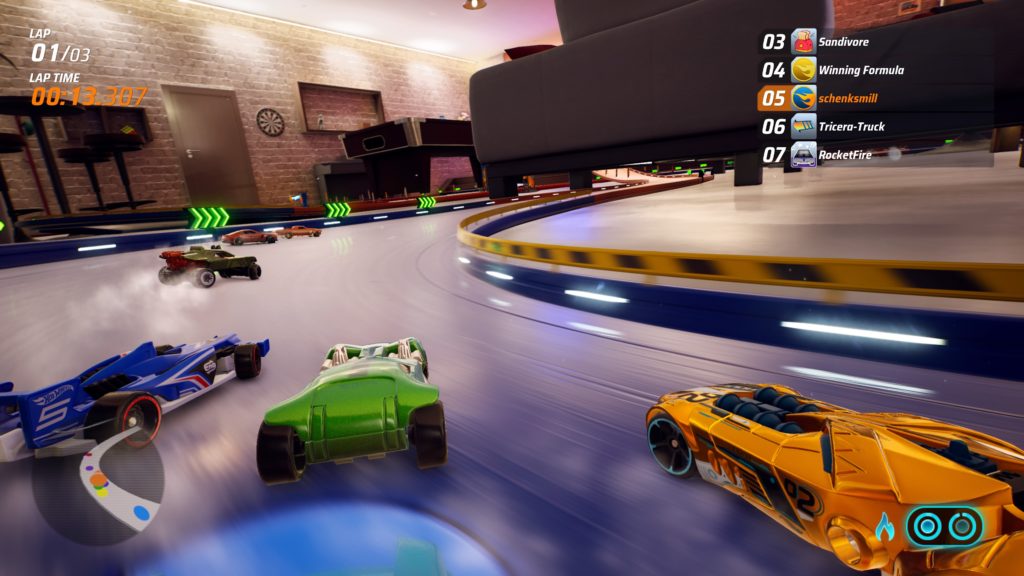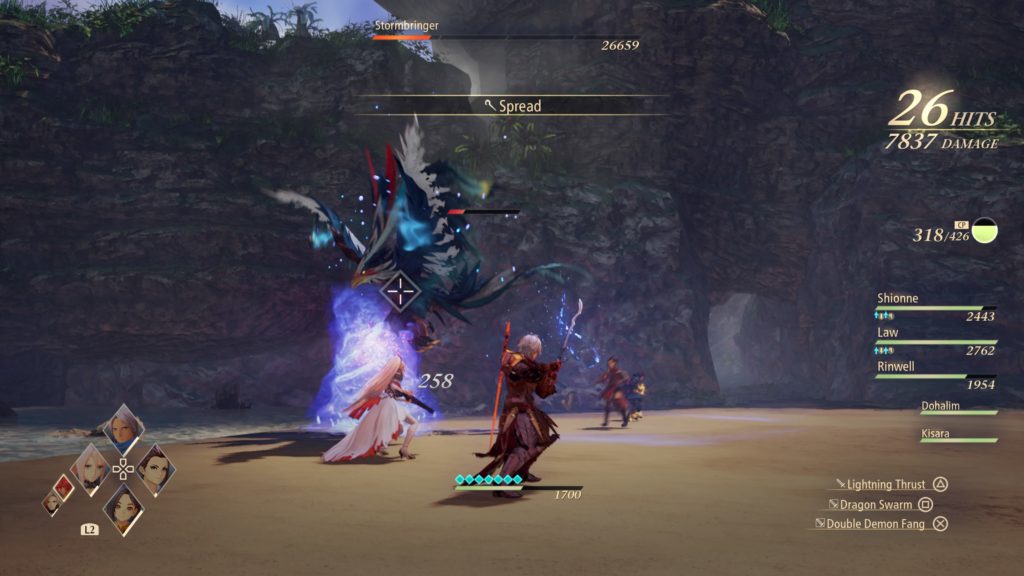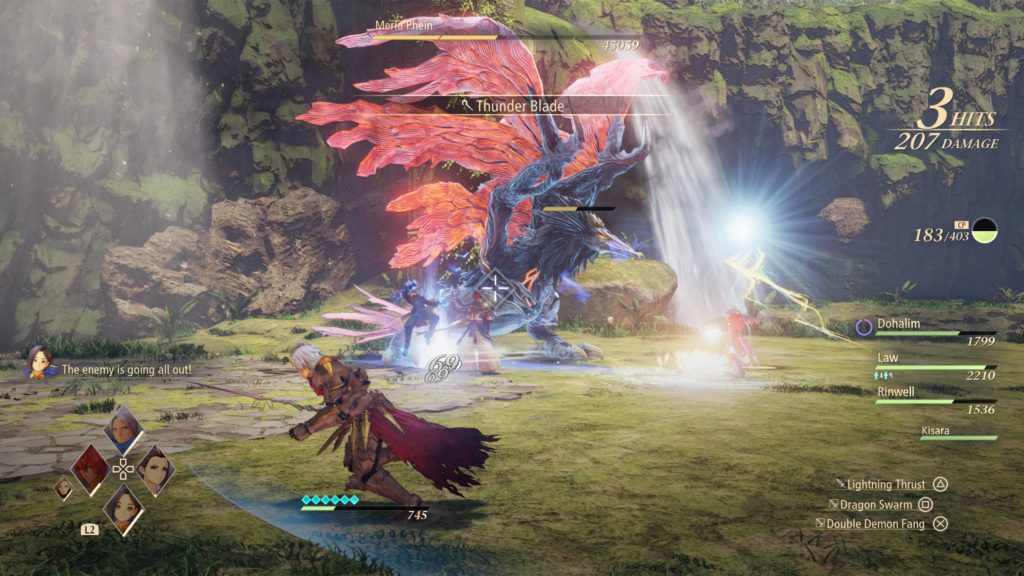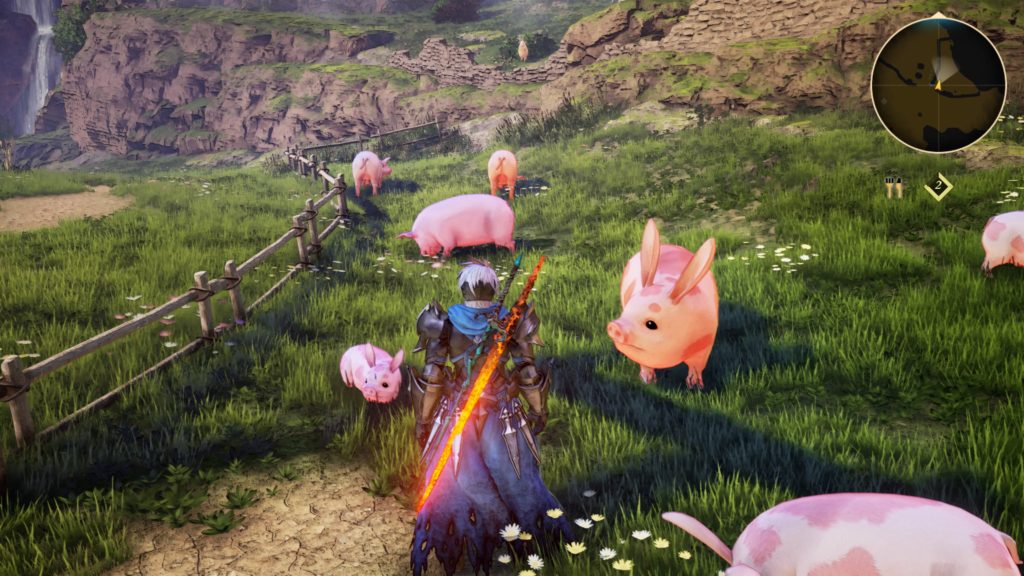- Genre: Action/Platformer, Metroidvania
- Platform: Switch
This is very much an iteration on the work that was started with Metroid: Samus Returns, and that’s a great thing. Quite frankly, you could read my notes on that one and it would be a 1:1 retread of what worked for Metroid Dread. However, this feels like a clear iteration on the formula and even more importantly a clear end point to the series’ story – whether or not that’s ultimately what will happen. This is just a fantastically good game that took far too long for someone to convince Nintendo to spend money on, and I’m glad it finally happened.
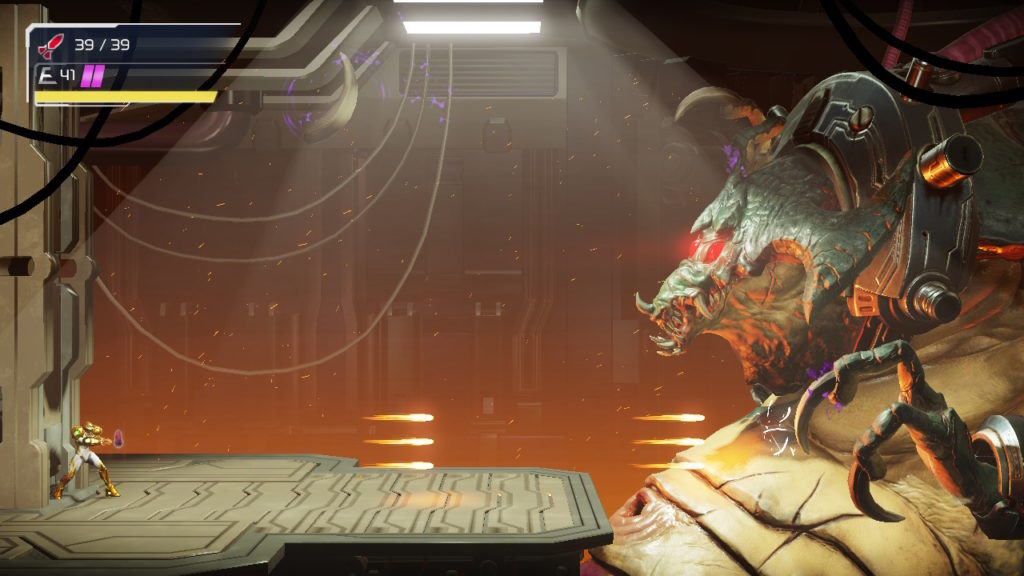
The thing that really stood out to me in this one was its difficulty, and that seems to be a common theme across the feedback I’ve seen about the game. A lot of people are calling it simply hard, but I think it’s more nuanced than that. What it really feels like to me is that it’s precise, and that’s really the difference to me in why I had the patience to enter death loops. I’ve shelved a lot of games in the last decade or so within the sort of rise of the indie games. A lot of games feel like they do hard for the sake of hard. Something precise and mechanically tight will come out like Celeste and be incredibly difficult but fair, then a bunch of games will follow that are simply…..difficult. It’s not fun. Dread very much feels like it falls within the difficult but fair.
Bosses in this game are no joke. A missed mechanic will take a full health tank or more. If you aren’t being precise with your movement, you will die. However, once you learn the mechanics and once you get your movement down, you’re just as likely to take no damage in these fights. In that respect it’s incredibly fair. You take damage, you learn mechanics, you avoid damage, you win. Sure you may die a couple times, but you aren’t getting screwed by RNG and you aren’t getting screwed by the fight.
You’re given a lot of tools to avoid damage that aren’t typical of the Metroid series – things like a slide that can transition into the morph ball or an instant dodge that gives some amount of i-frames – that really lean into damage avoidance as a key mechanic. You’re also given some really good new offensive tools to make damage a little more passive and a little less precise in those big moments – things like the return of the melee counter from Samus Returns or a lock-on multi-hit charge missile – that allow you to build up damage without having to be right up in the enemy’s face or having to pause and engage in the slower free aim. The end result of all of this is that while the game is still distinctly Metroid in style and mechanical knowledge, it feels substantially like a modern game where you have full control of damage mitigation and aren’t just being slammed with unavoidable nonsense.
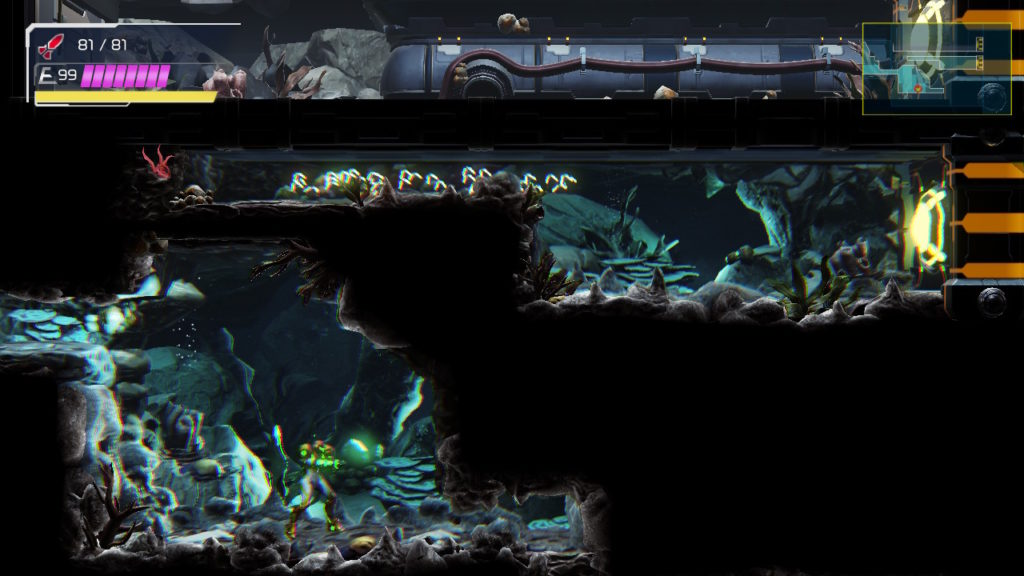
There’s also just a ton of little things that the game does very right that make it feel both Metroid and modern. You’ve still got pickups that drop when you kill things, but they get sucked in at any range. Combined with melee counters dropping more items, this both increases the general pace of the game AND allows the game to have higher difficulty, since you’re always pulling in resources. One of the early upgrades is the return of the pulse radar that reveals hidden breakable blocks. This is again probably controversial, but this feeds into increased exploration and increased pace since you aren’t just playing a game of shoot every block to find the hidden trinket. Free aim is back to give much more freedom of hitting things from any angle, making a lot of the trash encounters much quicker to deal with. The new slide move both replaces a lot of the slower morph ball stuff, but also acts as a fast transition into morph ball tunnels when unlocked AND a way to actively dodge attacks in a lot of the boss fights.
However, the real important change compared to Fusion or the Prime games is that the game really doesn’t give you any direction. You’re chucked into the world and told to get to the surface. You’re given some lore as things go, but more often than not it’s up to you to find your way. This is very much an old Metroid thing that started to go away over the years, so it’s interesting to see it return to very little direction. For me, this is precisely what I’m looking for in a Metroidvania. I love to scan the map to find doors that I haven’t entered or mysterious holes in the map that I haven’t explored, then going back to find new things. Where things really work for the better is that the map itself is far more readable than past 2D entries, although that is entirely down to just having more modern hardware and higher resolution to display the map. It’s just far easier to find things when you can pump more obvious information on the screen and it really benefits the loose structure of the classic Metroid formula. It’s even better with a bunch of fast travel teleportation spots that open up as you find more upgrades, allowing you to quickly scoot around the world at will.
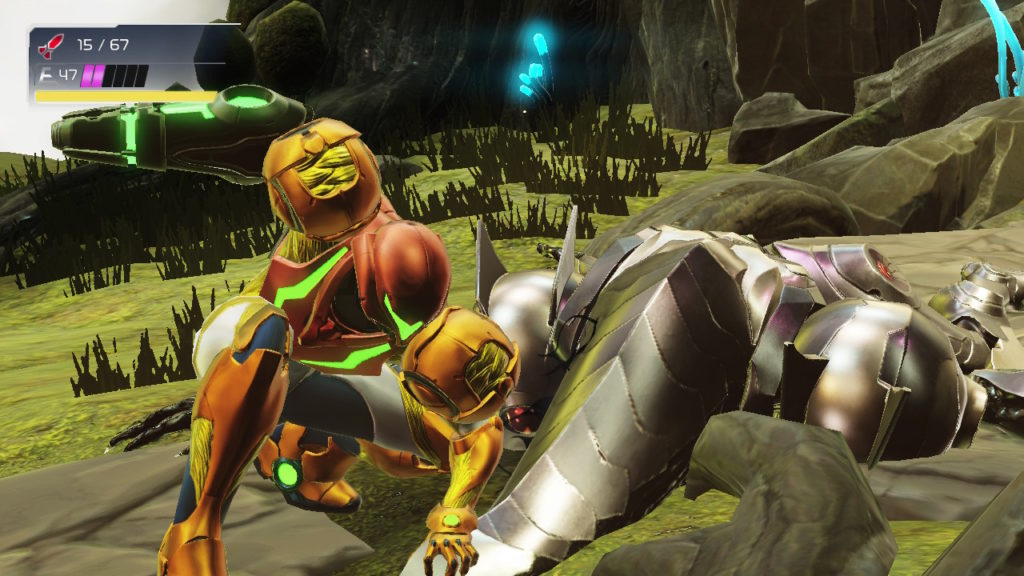
This just ended up being such a good game. It’s been so long since a 2D entry came out in this series that there was probably some amount of valid concern about whether or not this could be done and still be fun. Samus Returns proved that the formula still worked and Dread proved that the series can move forward. This hits just the right mix of classic Metroid and modern gaming, and in a couple key ways goes backwards compared to Fusion and Prime, but it comes out as such a great mix. The difficulty of the game will probably turn some people away, but for me it again hits the perfect mix – it’s perhaps unforgiving, but it’s precise and fair and not based in RNG. You’ll learn where things go wrong, then make it right. It may take a few tries, but you’ll learn and get through it.
It’s also funny looking back at my notes about Samus Returns. That one ended with a new little cutscene showing the rise of the X parasites on SR388. I mentioned in passing that maybe they were hinting at something else. Boy was it ever. I don’t know if they were still hoping to do a Fusion remake or Dread at that point, but seeing the end of the post-Prime Metroid and X saga finally arrive is both great to see and something that I never really expected to happen.
Seriously, go play this.


